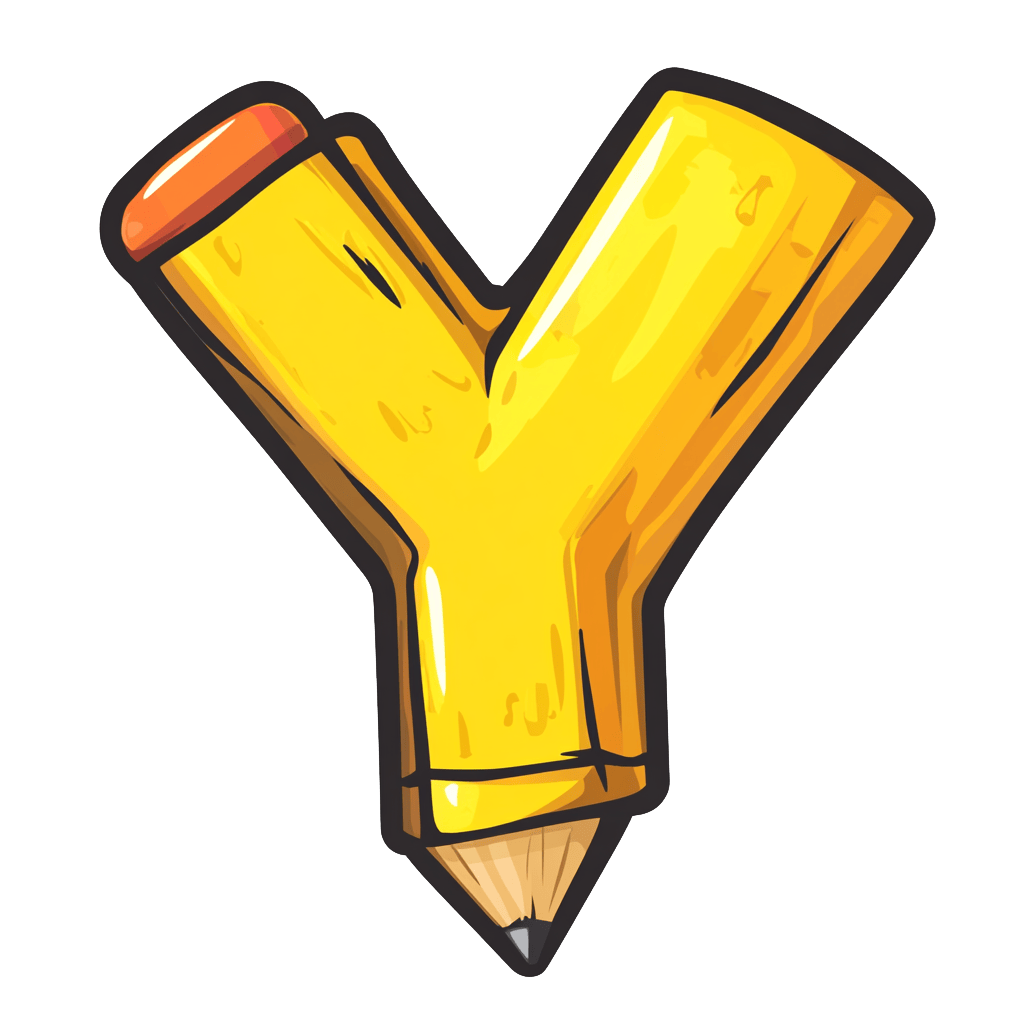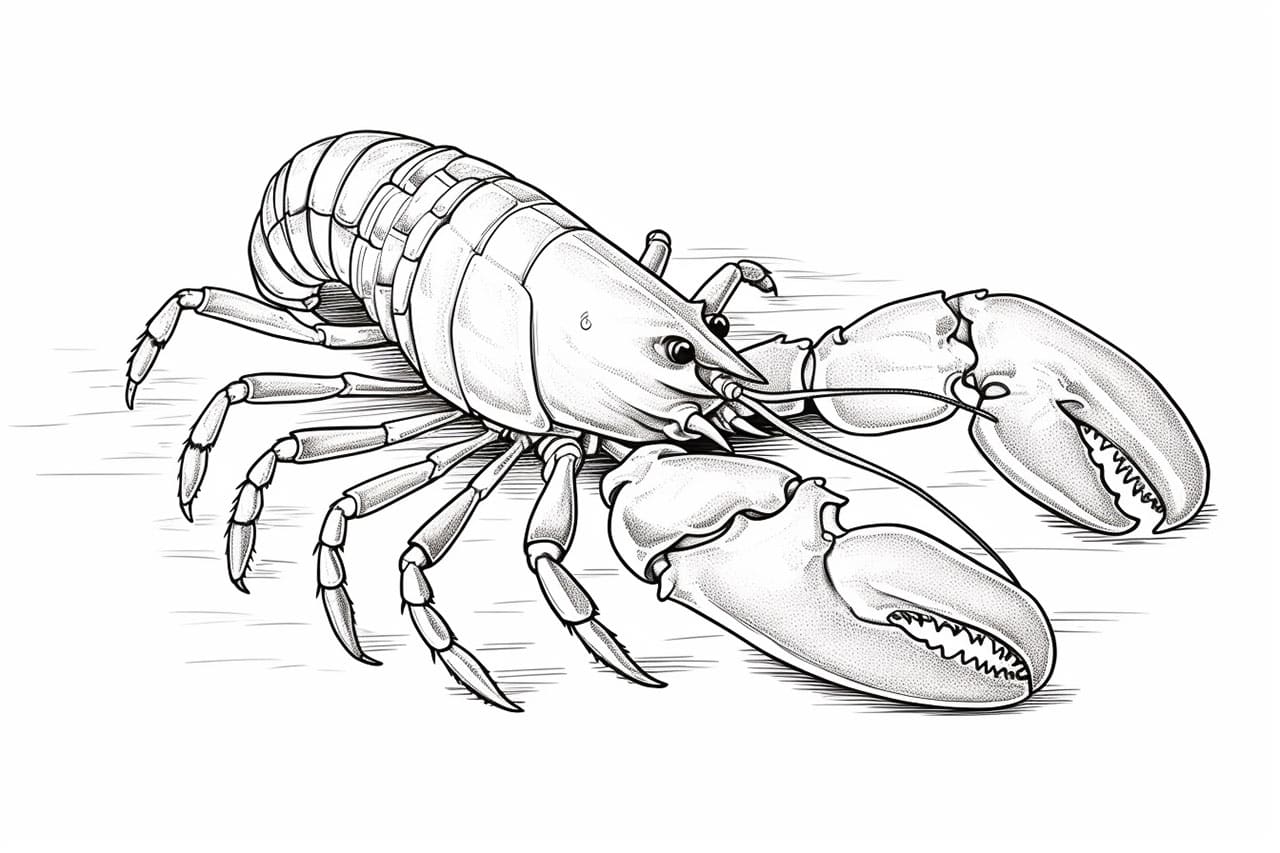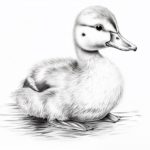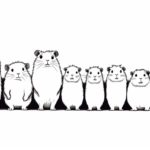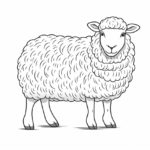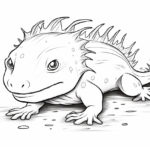
Welcome to this engaging step-by-step tutorial on how to draw a lobster! If you’ve ever been fascinated by the intricate details of this remarkable ocean creature, then you’re in the right place. Drawing can be a rewarding experience, whether you’re a budding artist seeking to develop your skills or just someone looking to try something new. With just a pencil and some creativity, we’ll unlock the secrets of lobster anatomy and explore how to bring it to life on paper.
In this guide, we will break down the drawing process into manageable steps, making it easy for anyone to follow along. Each step is designed to build on the last, so you don’t need to have a background in art to create a stunning lobster illustration. From outlining the body to adding those essential finishing touches, you’ll find that this artistic endeavor is more attainable than you might think.
So, grab your materials and get ready to dive into the fascinating world of lobsters! By the end of this tutorial, you’ll not only have a beautiful drawing, but also a newfound appreciation for these incredible marine creatures. Let’s get started on your artistic journey!
Materials Required
Before we get started, make sure you have the following materials on hand:
- Pencil
- Eraser
- Paper
- Colored pencils or markers (optional)
Now that you have your materials ready, let’s move on to the actual drawing process.
Step 1: Outlining the Body
Start by drawing a small oval shape towards the top of your paper. This will serve as the main body of the lobster. Next, sketch two curved lines on each side of the body to indicate the lobster’s tail. Remember to keep your lines light and easy to erase, as we will be refining them later.
Step 2: Adding the Head and Antennae
At the front of the body, draw a larger oval shape to represent the lobster’s head. Connect the head to the body with a curved line. On top of the head, sketch two antennae using thin, curved lines. These antennae can vary in length and shape depending on the type of lobster you are drawing, so feel free to add your own creative touch.
Step 3: Drawing the Eyes and Mouth
Within the head shape, add two small circles to represent the lobster’s eyes. Leave a small white space within each eye to create a highlight. Just below the eyes, draw a curved line to form the lobster’s mouth. It should resemble a sideways “U” shape.
Step 4: Shaping the Tail
Now that we have the basic outline of the lobster, let’s focus on refining the shape of the tail. Start by adding several curved lines along the length of the tail to create the segmented structure. Make sure the lines gradually get smaller towards the tip of the tail, giving it a tapered look.
Step 5: Sketching the Legs
Lobsters have a total of ten legs, with the front pair being significantly larger and more claw-like. To draw the legs, create a series of thin, slightly curved lines along each side of the body. Remember to add small details such as joints and segments to make them look more realistic. For the front pair of legs, draw larger, more defined claws at the ends.
Step 6: Adding Details
Now that the basic structure of the lobster is complete, it’s time to add some details to make our drawing more lifelike. Start by sketching small lines within the tail segments to represent the texture and shape. You can also add some lines to define the body and legs, giving them a slightly rugged appearance. Don’t forget to add small dots to the eyes to complete the look.
Step 7: Erasing the Guidelines
Once you are satisfied with the overall shape and details of your lobster, carefully erase any unnecessary guidelines that may still be visible. Use a gentle touch with your eraser to avoid smudging or damaging the drawing.
Step 8: Adding Color (optional)
If you’d like to take your drawing to the next level, you can add color to your lobster using colored pencils or markers. Lobsters come in various shades of red, but you can also experiment with different colors and patterns to make your drawing unique. Don’t be afraid to get creative and have fun with it!
Conclusion
Congratulations! You have successfully learned how to draw a lobster. By following these step-by-step instructions and using your creativity, you can create stunning lobster drawings that showcase the beauty and intricacies of these fascinating creatures. Remember to practice regularly, as drawing is a skill that improves with time and dedication. So grab your pencils and start sketching!
Fun Facts About Lobsters
- Lobsters have been around for almost 480 million years, predating dinosaurs.
- They can live up to 100 years, and some believe they might even be effectively immortal in the absence of predators and environmental hazards.
- Lobsters come in a variety of colors including blue, yellow, white, and even calico—though these are rare and usually don’t survive in the wild.
- The largest lobster ever recorded weighed 44 pounds and was about 3.5 feet long!
- They taste with their legs and chew with their stomachs, using structures called gastric mills to grind food.
- Lobsters communicate through their legs by releasing pheromones into the water.
- They can regenerate lost limbs, though it can take time and several molts to do so.
- Lobsters were once considered a poor man’s food and were even used as fertilizer in colonial America.
- There is no universal consensus on whether lobsters feel pain, though they do have complex nervous systems.
- Lobsters grow throughout life via molting. Each time they molt, they eat their old shell to recycle the calcium it contains.
Suggestions for Scenes and Settings for Lobster Drawings
- Undersea Exploration: Illustrate lobsters navigating a colorful coral reef teeming with fish and marine plants.
- Deep Sea Drama: Create a scene of lobsters dueling each other over territory on a sandy ocean floor under a shipwreck backdrop.
- Old Fashioned Catch: Depict a vintage lobster trap underwater, with lobsters curiously investigating the mysterious cage.
- Lobster Party: Show a group of lobsters having an underwater feast, perhaps with seaweed snacks and starfish guests.
- Beach Barbecue: Imagine a comical beach scene where lobsters cook food themselves, flipping patties on a makeshift grill.
- Gourmet Restaurant: Draw an anthropomorphic lobster as a head chef, preparing seaweed soup and kelp cakes with precision.
- Arctic Adventure: Visualize lobsters scampering over an icy seascape, with drifting snow and northern lights shimmering overhead.
- Lobster Safari: Create a scene where lobsters explore vast ocean depths and venture into underwater caves, coming across mysterious creatures.
- Tropical Retreat: Imagine lobsters relaxing in a hot spring near a volcanic island, with palm leaves providing shade.
- Lobsters in Space: Illustrate a whimsical adventure of lobsters floating in zero‑gravity, discovering new celestial bodies aboard a miniature spaceship.
